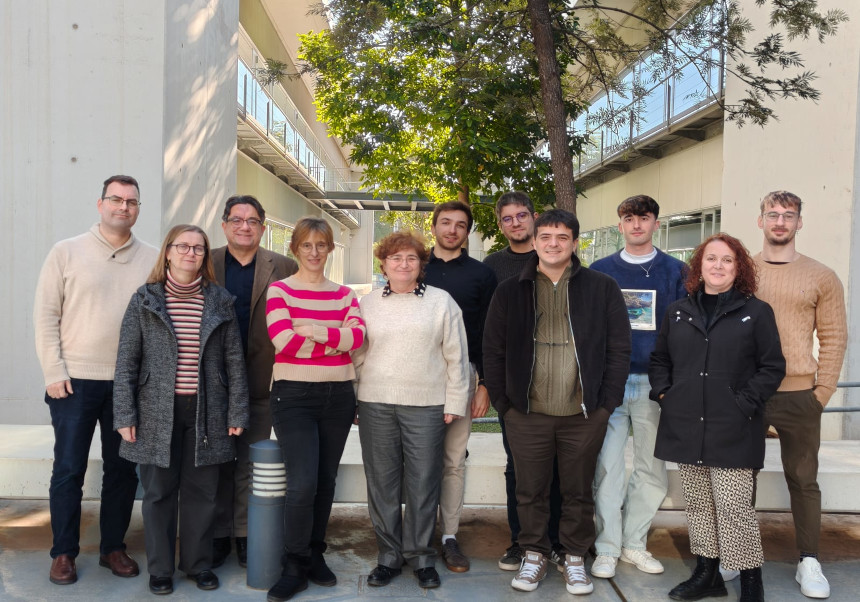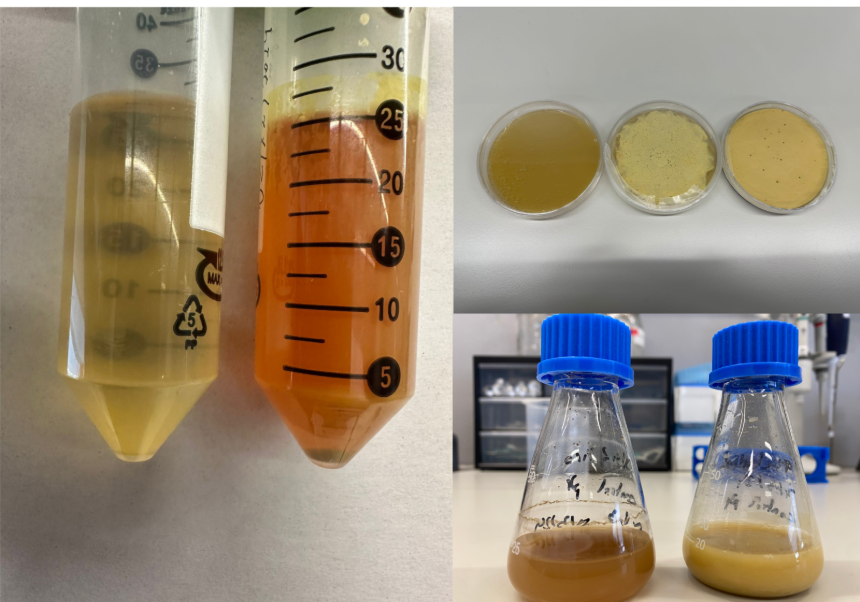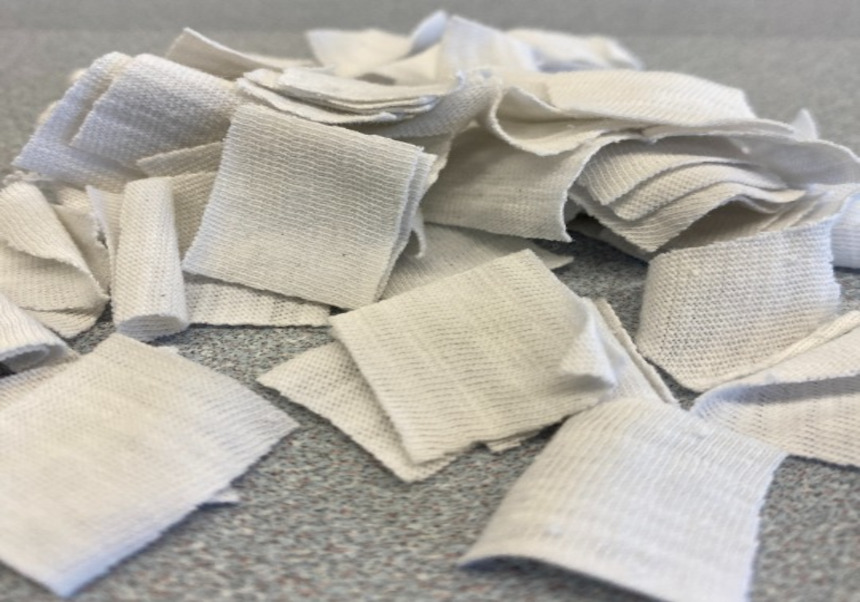The research lines of the GI2AM group are:
- Removal of volatile organic compound and odor air emissions. Design, analysis and optimization of treatment processes at laboratory scale and subsequent transfer to industrial scale. Special mention to the research line with the emerging biotechnologies Biofilters and Biotrickling Filters and, also, their combination with other physicochemical technologies. The Biotrickling Filter technology has been developed from TRL3 to TRL9.
- Removal of volatile organic compound from air emissions and from indoor air. Design and optimization of Photocatalytic Oxidation technology at laboratory scale and industrial scale tests.
- Biosorption of heavy metals from water. Design and optimization of the heavy metal adsorption process from water using biological materials.
- Recycling of volatile organic compounds emissions in bioenergy. Development, optimization and scale-up of the novelty treatment technology: Anaerobic BioScrubber for the recovery of gaseous effluents containing volatile organic compounds in biomethane. This technology has been developed from TRL2 to TRL8.
- Recovery of methane from liquid effluents. Development, analysis and optimization of membrane contactors for the recovery of dissolved methane in liquid effluents.
- Production of 2G and 3G biofuels from the valorization of lignocellulosic waste and algal biomass. Study and optimization of all the stages of the process: pretreatment, enzymatic hydrolysis, fermentation with different configurations and in-situ recovery by stripping gas and/or pervaporation.
- Production of high-valuable products from the valorization of waste and lignocellulosic waste. Study and optimization of the stages of the process: pretreatment, enzymatic hydrolysis, fermentation and recovery.
- Mathematical modeling and process simulation. Development of mathematical models and their integration in commercial industrial simulators for the design and prediction of the studied treatment technologies.
- Microbiological analysis. Study of the monitoring of microbial populations developed in the different biological processes through the application of molecular biology tools (massive sequencing, quantitative PCR, DGGE, FISH, among others)






 (1).jpg)
.jpg)




